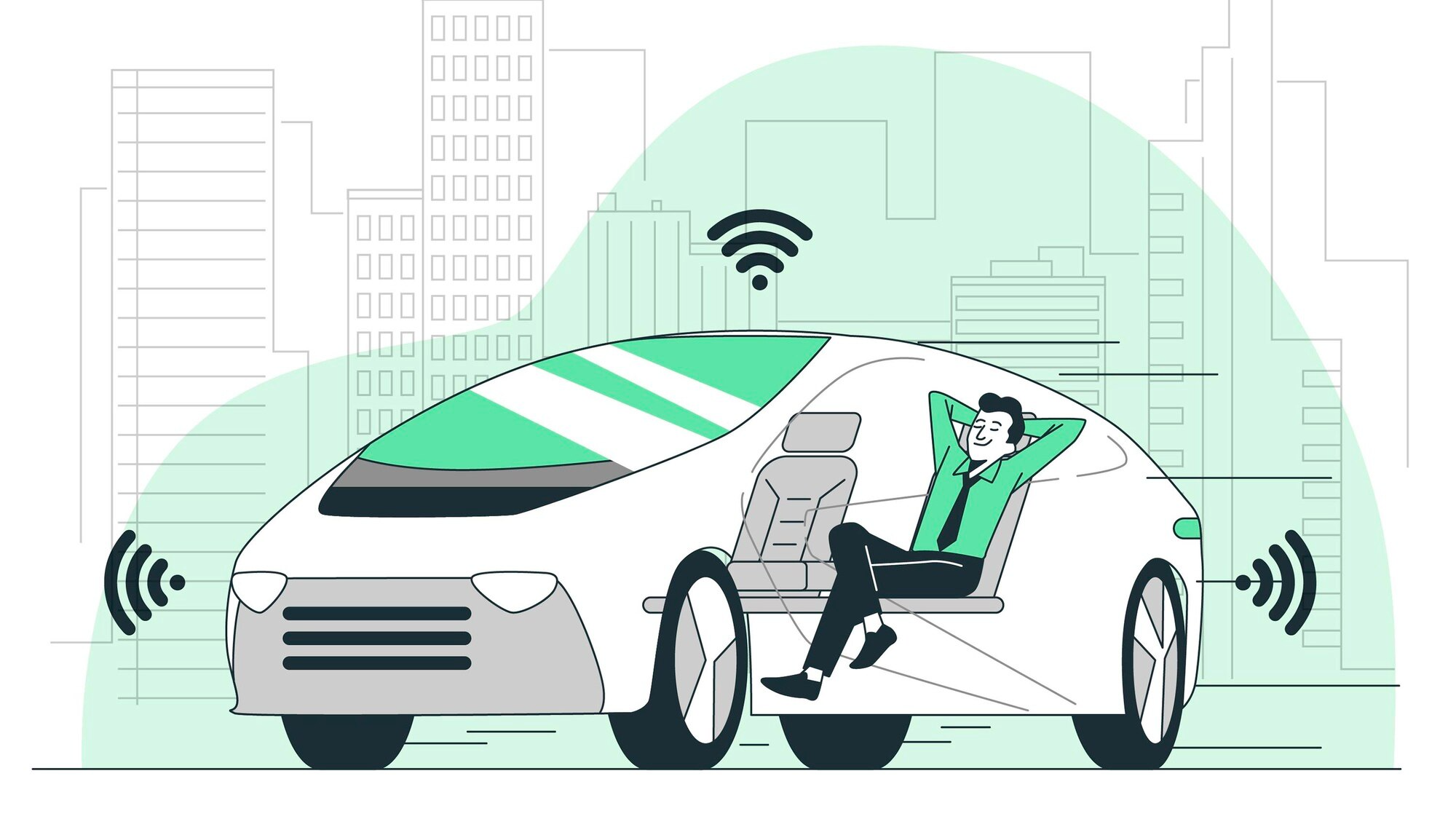Agentic AI Perception: 1-Minute Breakdown

Abstract: Agentic AI perception refers to an autonomous system’s ability to sense, interpret, and act upon its environment using sensors, data inputs, and machine learning.
Unlike passive AI tools (e.g., chatbots), Agentic AI systems actively collect real-time data (e.g., visual, auditory, textual), extract meaningful insights, and execute tasks without constant human intervention.
While no official Wikipedia definition exists, experts like NVIDIA and IBM describe it as a core capability of autonomous agents that bridges the gap between data ingestion and actionable decision-making.
The Building Blocks of Agentic AI Perception
Perception in Agentic AI involves three key stages:
Data Collection
- Uses multimodal inputs (cameras, microphones, APIs, databases) to gather raw information.
- Example: A self-driving car uses lidar, radar, and cameras to map its surroundings.
Feature Extraction
- Processes data to identify patterns (e.g., object detection, speech recognition) using algorithms like CNNs (Convolutional Neural Networks).
- Example: An AI agent flags "urgent" emails by analyzing sender behavior and keyword frequency.
Contextual Understanding
- Combines data with prior knowledge to make sense of complex scenarios.
- Example: A customer service AI resolves complaints by linking user history with real-time sentiment analysis.
Real-World Example: Autonomous Driving
Imagine a delivery truck navigating city streets:
Sensors detect pedestrians, traffic lights, and road signs.
AI algorithms classify objects (e.g., "a child chasing a ball" vs. "a parked car").
Decision Engine adjusts speed and route proactively to avoid risks.
This loop of perceive → reason → act defines Agentic AI perception, enabling machines to operate in dynamic environments like humans—only faster and tirelessly.
Technical Challenges & Future Directions
Challenges
- Unpredictable Environments: Agents struggle with edge cases (e.g., unexpected weather).
- Data Bias: Inaccurate perception due to skewed training data.
- Real-Time Processing: Balancing speed and accuracy for time-sensitive tasks.
Future Goals
- Multimodal Fusion: Integrating vision, speech, and tactile sensors for richer insights.
- Continuous Learning: Updating perception models without retraining from scratch.
- Ethical Frameworks: Ensuring transparent decision-making to build trust.
References
Perception and Navigation in Autonomous Systems in the Era of Learning: A Survey


Comments